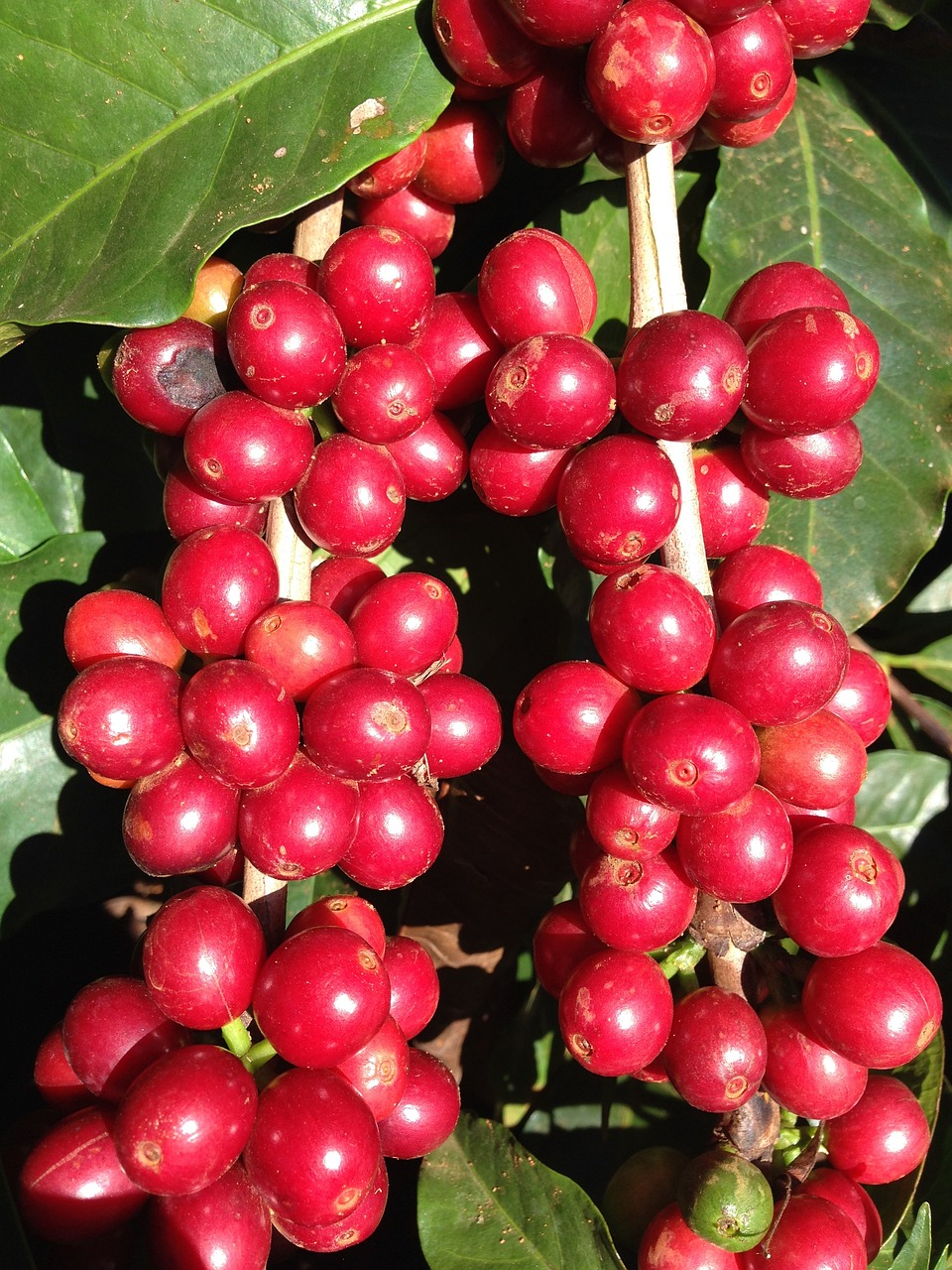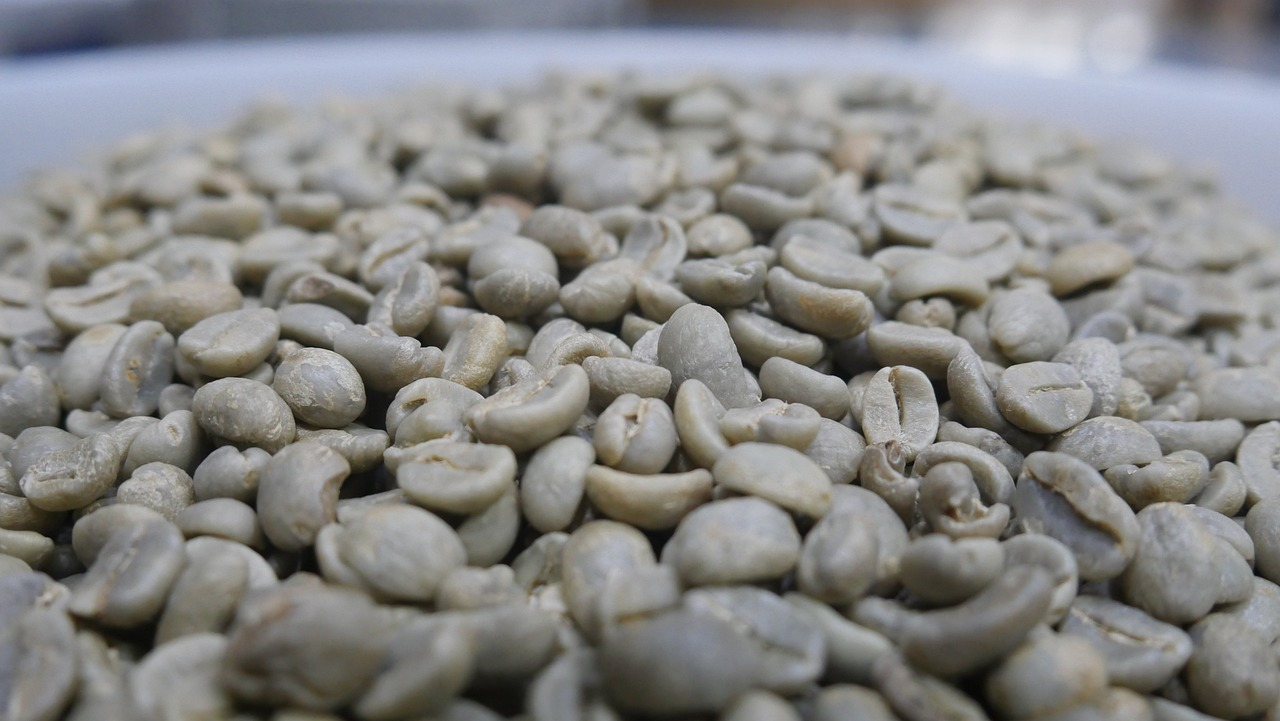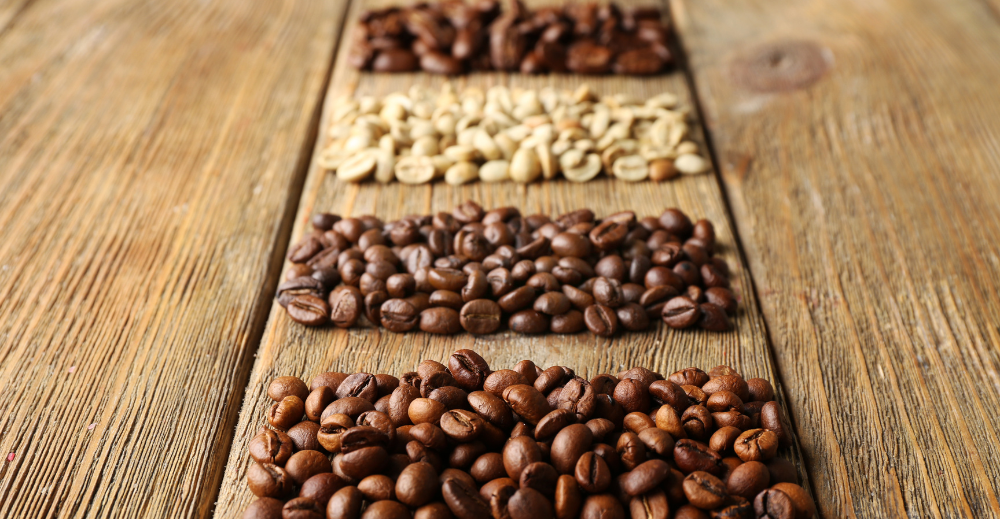If you’ve done any reading up on coffee roasting, you’ll know the subject’s littered with jargon. Confused about the difference between a varietal and a cultivar? Need to know your air roaster from your drum roaster? No idea what’s meant by quenching?
Of the many processes involved in a coffee bean’s journey from farm to cup, roasting most influences the flavor and aroma. So if you’ve any hopes of perfecting that daily joe, it’s important to wrap your head around the language.

To help you get up to speed, we're deciphering the more common coffee roasting terminology you’ll come across-- whether used as a handy reference or aligned to the key steps of the roasting process, here's an introductory guide to how to speak coffee like a pro.
Crack on to be schooled in the language of coffee roasting, and you’ll be talking like a roast master in no time at all!
Coffee Biology
BEAN BELT
Sometimes referred to as the Coffee Belt, an imaginary band between the Tropics of Cancer and Capricorn where most of the world’s coffee grows.
Either wild or as a crop on a coffee plantation/farm/estate/orchard.
COFFEE PLANT
Native to tropical parts of Africa and Asia, a flowering shrub or tree belonging to the botanical genus Coffea.
More than 120 different species of coffee plant have been described by science.
ARABICA
Commercially, the most important coffee species.
Coffea arabica accounts for some 70% of the planet’s coffee with Brazil the top producing nation.
ROBUSTA
A distinctly different species from Arabica, and much less sought after.
Coffea canephora makes up around 25% of global coffee production with Vietnam the number one grower.
COFFEE VARIETIES
Variations of a coffee species, much like Gala, Golden Delicious, and Granny Smith is to apples.
There are literally thousands of coffee varieties, both naturally occurring (called varietals) and specifically cultivated (known as cultivars).
The most significant varieties of Arabica, for example, are Typica and Bourbon.
COFFEE CHERRY
AKA a coffee berry, the red-, purple-, or yellow-colored fruit of the coffee plant.
When ripe, coffee cherries are hand picked or machine harvested, then processed to extract the seeds (‘beans’).
With each coffee cherry usually containing two beans.
PEABERRY
A coffee fruit with just a single bean inside.
A natural mutation, peaberries are much rarer, smaller and rounder than regular coffee beans.
Often considered superior in taste and nutritional value, they attract a premium price tag.

Roasting Preparation
Roasting Supplies
GREEN COFFEE
What’s left after the coffee seeds have been milled.
Each green bean’s surrounded by silver skin, a papery tissue, so actually look greyish.

Green coffee beans have their own origin character (natural flavors) which become less obvious as roasting progresses.
SINGLE-ORIGIN COFFEE
Green beans that come from just one crop, region, or country.
COFFEE BLEND
A mix of two or more single origin beans.
Roasting Methods
COFFEE ROASTER
A purpose-built coffee roasting machine, of which there are two main kinds.
AIR ROASTER
Sometimes dubbed a fluid-bed roaster, air roasters work by blasting green beans with super hot air while tumbling them around.
They’re preferred for home roasting and small-scale commercial roasting.
DRUM ROASTER
More widespread, drum roasters roast green beans inside a rotating heated metal drum. At the same time stirring the beans by mechanical arms/paddles.
They’re the go-to roasting gear for bigger coffee businesses.

ROAST PROFILE
A record of the temperatures, times, and other variables during the roasting process.
For the sake of achieving a specific flavor profile in the final coffee.
Roast profiles can be logged by software connected to the coffee roaster or else written down in a roast journal.
Roasting Action
Roast Stages
CHARGING
Pre-heating the coffee roaster, to somewhere between 392°F and 428°F, before putting in the beans.
This gives better control over the temperature and time. Helping to make even the first few batches of roasted beans more consistent.
YELLOWING/DRYING STAGE
The initial phase of the roasting process.
For the first several minutes, the coffee beans stay greenish.
When the internal bean temperature rises to roughly 300 to 320 degrees Fahrenheit, they become brighter before turning a pale yellow.
BROWNING STAGE - FIRST CRACK
The sugars within the beans start to break down, turning them light brown and creating coffee's unmistakable flavor and aroma.
Much of the bean's moisture has turned into steam so the pressure inside rises making them puff up.
Until, at 380 to 400°F, they split open with a series of audible pops - the sign that they're officially roasted.
MAILLARD REACTION
Actually a string of complex chemical interactions between amino acids and simple sugars that happen inside the coffee beans.
The reactions contribute largely to the browning of the beans, as well as giving coffee many of its flavors.
CARAMELIZATION
Occurs at higher temperatures than the Maillard Reaction, but also plays a big part in darkening the beans as well as developing coffee's flavors and aromas.
Detected by stronger caramel notes wafting from the coffee roaster.
STRECKER DEGRADATION
The conversion of amino acids into aldehydes which are responsible for much of coffee's distinctive aromas.
The process also results in carbon dioxide forming inside the beans.
DEVELOPMENT STAGE
With the roasting beans at 410°F to 430°F, the sugars continue to caramelize darkening the beans to a medium brown.
Simultaneously, the beans carry on swelling with the coffee oils moving ever closer to their surface.
SECOND CRACK
The fourth and last part of the roast process.
The coffee bean's natural oils have normally broken through making their surface look glossy.
After heating up to between 435°F and 450°F, the now chestnut brown beans crack a second time but more slowly and not as loudly.
Roast Issues
CHAFF
The bits of silverskin that flake off the coffee beans during roasting.
Chaff burns producing smoke and flies off making a mess. More seriously, it’s highly flammable so a potential fire hazard.
ROAST DEFECTS
Imperfections in the roasted beans caused by human error.
Without properly controlling the temperature and time, coffee can come out under-developed, over-developed, scorched/tipped, or baked.
Roasting Aftercare
COOLING (‘QUENCHING’)
Air or water cooling the freshly roasted coffee beans fast to prevent them from over-roasting.
Chilling the beans to room temperature is done either by hand or via a coffee roaster's own cooling system.
DEGASSING
Letting the newly roasted beans sit so they can release the carbon dioxide that built up during the roast.
Plus, giving the beans time to reach their peak flavor.
Off-gassing is the very last, but just as vital, step before the beans are ready for grinding.
Coffee Characteristics
ACIDITY
Also called brightness or vibrant, a pleasant crispness or sharpness similar to that of, say, biting into a fresh apple.
As a rule, acidity is more prevalent in beans grown at higher altitudes.
AROMA
The smell of the final brew, and different from fragrance which is that of freshly ground coffee.
Aroma often gives the coffee drinker a heads-up as to how the coffee will taste.
The smell of lighter roasts tends to be subtle, whereas medium/medium-dark roasts are deeply aromatic.
BODY
Otherwise termed ‘mouthfeel’, the physical sensation of coffee in the mouth. Specifically, the heaviness or texture felt on the back of the tongue.
In the main, body is greatest in coffees grown at lower elevations and when beans are slow roasted.
FLAVOR
The taste of brewed coffee.
Besides an obvious coffee flavor, there may be hints of flowers, fruit, chocolate, nuts, and spices.
Not forgetting that the flavor of java can change as it cools.
FINISH
The aftertaste left in the mouth after the coffee’s swallowed.
Coffees with a heavier body having a longer lasting finish.
Coffee Roast Types
LIGHT ROAST
A delicately fruity and mild flavor that doesn’t linger in the mouth.
Light roasted coffee is tangier and has a strong finish too.
Light roast varieties include Cinnamon, Half City, and New England.
MEDIUM ROAST
A more intense smooth flavor and rather more body.
Medium roasted coffee is less sour, but still with a noticeable aftertaste.
American, Breakfast, and City roasts are examples of medium roast varieties.
MEDIUM-DARK ROAST
A more toasted flavor with a fuller body.
Medium dark roast coffee is much less acidic, but with a slightly more bitter finish.
After Dinner, Full City, and Vienna are all medium-dark roast varieties.
DARK ROAST
The boldest and smokiest flavor of all coffee roasts.
Dark roasted coffee is full bodied and the least acidic, but with a distinct bitterness.
The more popular darker roast varieties being French, Italian, and Neapolitan.

Here Endeth the Lesson
Roasting coffee beans is nothing short of an education. And the better informed you are about the subject, the easier and quicker it is to refine your coffee roasting craft.
Our glossary of coffee roasting terms will help you decode a lot of the jargon used in coffee roasting and give you a leg-up into the process as a whole.
Whether you’re a wannabe home roaster or contemplating a career as a roasting professional, why not put your new-found grasp of coffee speak into practice right now.
For starters, how about studying how to roast coffee at home, selecting beans for roasting, and comparing an air roaster to a drum roaster. With each one, you'll be one step closer to shaping your ideal brew of fresh coffee!





ANDY
September 04, 2025
Thanks, your coffee roasting guide covered a lot ground.
Sincerely ANDY